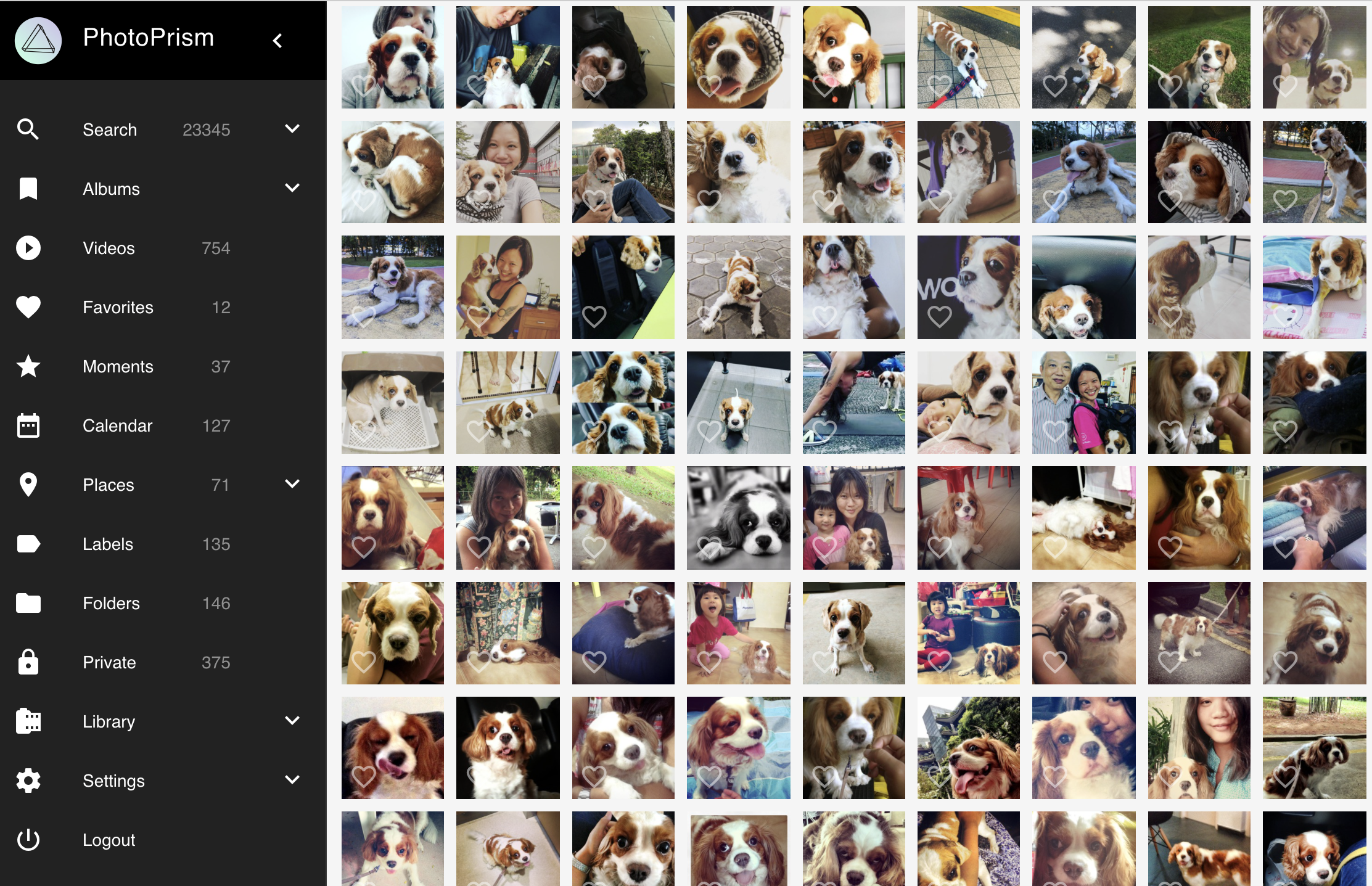Some time ago I read a tweet by a queer Singaporean asking why any queer Singaporean would move to San Francisco, citing the following shortcomings (not verbatim):
- San Francisco used to be a place where queer Singaporeans would move to, for safety reasons, but perhaps those safety reasons aren't that dire anymore
- San Francisco / the US is the heart of the hegemonic world order / imperialist system
- We probably like the white gaze
- San Francisco provides the opportunity to be a Joy Luck Club Asian queer
There was a time in my life where those thoughts resonated with me.
This topic has been on my mind since I moved here and, surprisingly, did not hate it as much as I imagined I would (I did not like San Francisco at all when I came as a tourist).
Unlike many other immigrants I've met here, who have left deteriorating and debilitating circumstances, my 'why I moved and how has it been' calculus is different. I did not move for material comfort. I am, daily, reminded of how I left home, away from material comfort, and my support systems, to be here. (Not to mention the tremendous amounts of social privilege I've left behind.)
Some time in 2012, I was pretty satisfied with my life as a queer Singaporean living in Singapore. I was in a high growth industry (tech), I got to date (a lot), I had many opportunities to create and carve out a life for myself as an upper middle class Chinese Singaporean gay woman who'd probably end up in a relationship with someone like me. In fact, when I went home recently we hung out with my ex (as queer women do), I took a photo of their home office in their absurdly beautiful Bukit Timah home and I captioned it in my phone as: "the life I would have had if I stayed home".
Every conversation when I was home revolved around, "when are you coming home?" because it seems unexpected, even among some types of minorities in Singapore, to entertain the idea of leaving the supposedly best place in the world (that we still all complain about anyway).
I found that my connection with Singapore was weakening. Other than family, I don't have anything to do there, or many people to spend time with. I have loads of acquaintances, of course, but many of my friends are.. elsewhere. (Not all of them to the hegemonic core, many of them to many parts of the world, including China, Vietnam, Indonesia.)
Still, every conversation (especially with my family) was around: so are you done yet with San Francisco? Isn't it absolutely terrible, that country? When are you coming back to this superior place? was the underlying question. If you're an always online Singapore leftist, your concerns with my city of choice probably has more to do with the above list of questions. If you're not a leftist, your concerns with my city of choice probably has to do with things like safety, medical bankruptcy, housing, why someone would realistically choose a higher cost of living and physical discomfort (as mentioned, Singapore is far more comfortable, materially, in nearly very way), and give up substantial amounts of socio-economic privilege.
Why people choose to leave home is deeply personal. Every situation is different. I moved here exactly three years ago with my wife and my dog when we suddenly had to make a huge life decision on the spot, when her work visa ran out and we decided to get married. We were lucky to have the option to come here, and to be able to thrive.
I learned quite quickly that I would have survived in Singapore (it's getting harder for queer people there), but I no longer felt like I could thrive. In spite of my immense privilege.
I felt like like the short-lived optimism I had for Singapore expanding queer rights was over. Even if 377A is repealed, I don't feel optimistic. I don't feel like I want to wait for incremental improvements. That's not to say that I don't want to do the work. I did, for a time. And if my circumstances were different, if I had decided to spend my life with another Singaporean person, if I was okay with surviving and not thriving, if I was able to shut up and be okay with the already tiny space around me in Singapore, eroding further and further; perhaps that would have been different.
I don't pretend this city, or this country, is perfect. Far from it. Unlike the home I grew up in though, it lets me say so: even if I am not a citizen. No country is perfect, so for now, we'll enjoy the wide open space of California, where, frankly, life is pretty good (if you can hack it). I feel immensely lucky to be able to grow as a person out here, far from home, while also having the ability to move back to my country, which has given me so much, yet currently exasperates me, whenever I need. I'm certainly cognizant of how this is a huge thing to have. So many of the other people who have moved to where I now am, no longer have a country at all. After three years in San Francisco, I feel like I've finally passed the moment of transience and 'uprootedness' that I've felt for so many years, and that maybe 'home' is always 'small cities surrounded by the sea, that punch above their weight'.
But there isn't a single day where I don't grieve what I left behind.


